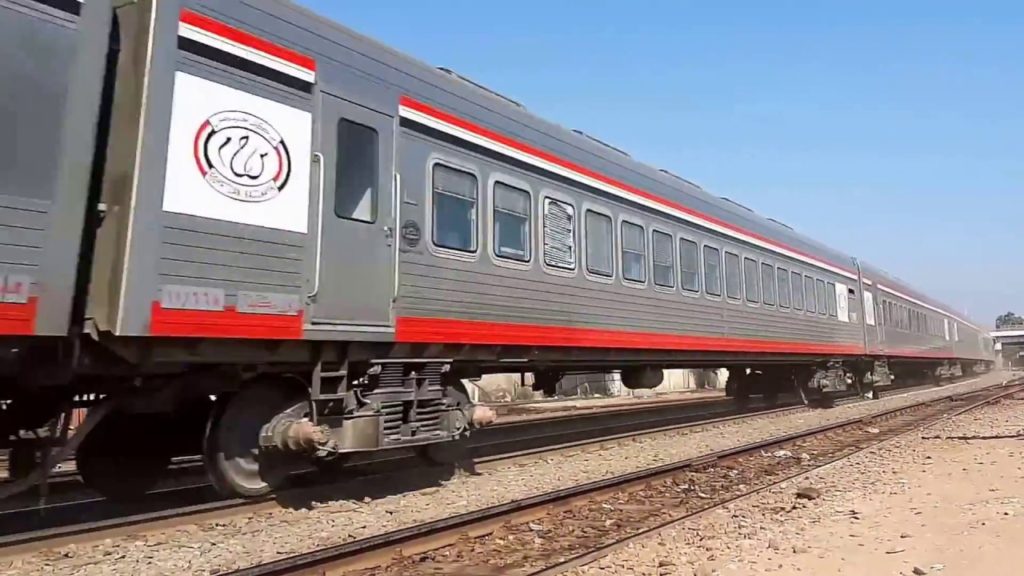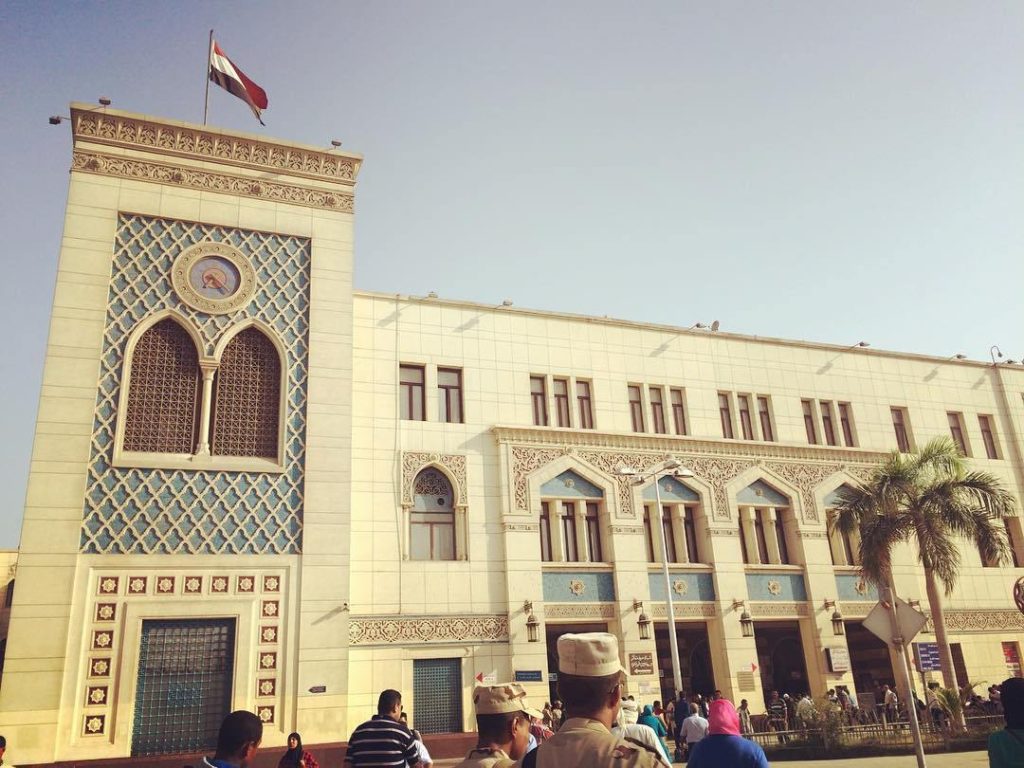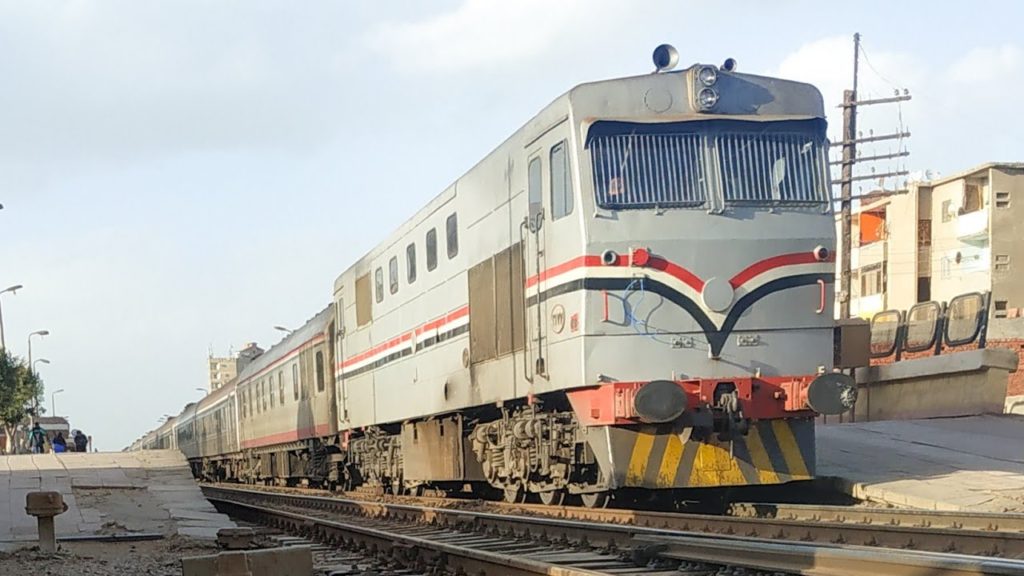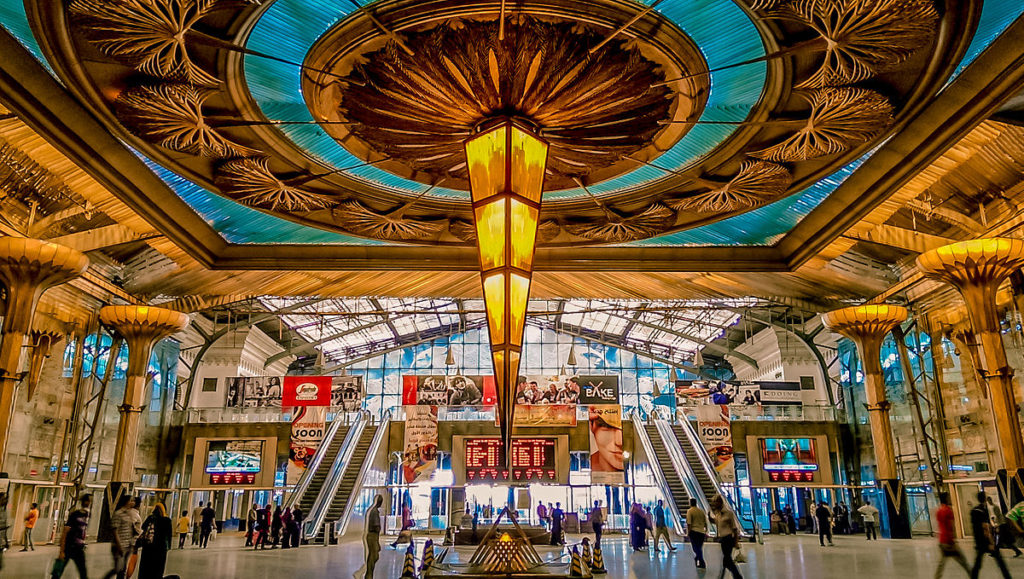Situated over an area of 32 acres in Bashteel, Egypt, the new railway station is scheduled to be completed within five years, in an effort to relieve some pressure off Ramses’ Cairo Railway Station.
Egypt’s latest Transportation Minister, Kamel Al-Wazir, announced during a phone call with “Masa’a DMC” that the establishment of the new Bashteel station comes as a direct presidential decree from the country’s head of state Abdelfattah Al-Sisi.

The project is to be concluded in two phases; the first would include a railway workshop complex, while the second one will see to the inauguration of a fully-equipped railway station, as well as a shopping mall for travelers.
Established over 150 years ago, Ramses Train Station, or “Bab Al-Hadid” (The Iron Gate) as it used to be known, was the first of Egypt’s many railway stations. Alone, it is responsible for about 20% of the total daily traffic as about 300,000 passengers come and depart through its 130 trains, forming a total of 856 trips per day. Such astronomical numbers have taken a toll on the station, and recent years saw the calls for a new railway station to help in managing the endless flow of commuters.

Today, Ramses Railway Station continues to provide exemplary service both to Egyptians and visitors from all over the globe. However, currently, its stifling state is pushing officials to look for alternatives to relieve pressure.
Al-Wazir has stressed on the Railway Authority’s ongoing efforts for the development of Egypt’s infrastructure. In his statement, he revealed that he personally visits Ramses Railway Station to follow up on the day-to-day activity. In light of the recent explosion at Ramses Train Station that reaped the lives of dozens, such a statement sent repels of relief through the mourning community.

Now that the Nile Construction Company has been contracted, work began on the EGP 350 million Railway Complex at Bashteel. The first phase of the project is set to be completed in two years, followed by the commercial phase which is to be completed three years afterwards.



